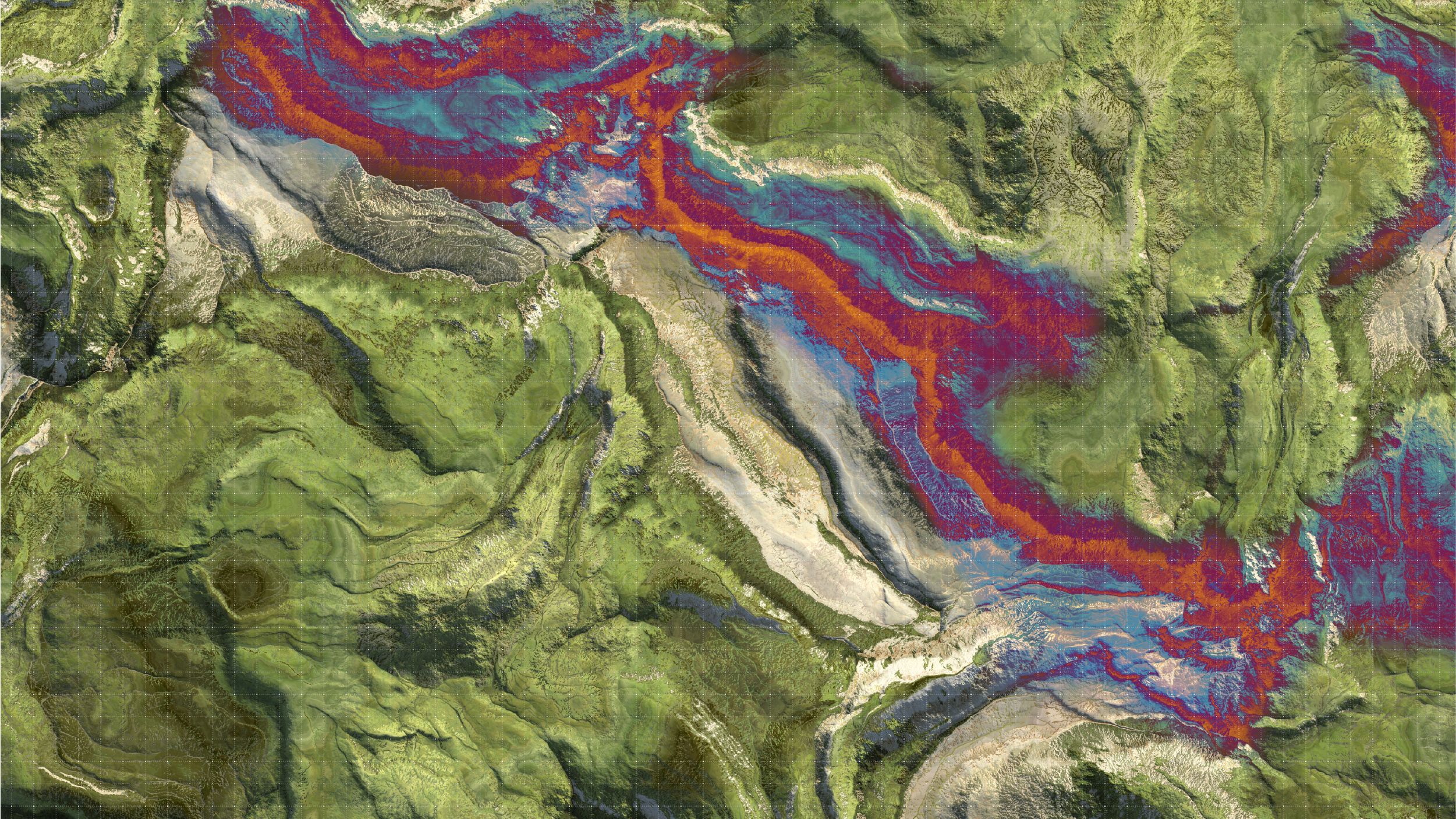 Search
Search
 Search
Search

When faced with a wealth and density of subsurface data, it is often tempting to dive straight into the detail, and start gleaning for insights. But what if starting at the largest scale and working sequentially to the smallest is a better approach? We did just that and discovered important insights on the depositional environment controlling the lateral and vertical variability of reservoir rocks, which otherwise may have been overlooked.
In a recent project by Halliburton Consulting, we worked with a customer who was targeting to increase production from two mature fields. We relied on the global models and expertise of Neftex® Predictions to achieve the results.
The challenge was to understand the distribution of high porosity units of both clean dolomite and sandstone, along with less porous intercalated sandy dolomite in order to improve characterization of the reservoir. Prior to this project, the accepted ‘story’ of this reservoir was a diagenetic one, with any depositional variability having been overprinted by post-depositional alteration of the shallow marine carbonate/clastic succession.
However, when we applied global models to the subsurface data from these fields, we found that an important depositional story had been missed due to increased focus on petrophysical data without considering the overall setting. To derive additional insight, we applied regional and global models of sequence stratigraphy, paleo climate, source to sink, and depositional environments built and calibrated from the rocks up in over 20 years of painstaking effort.
By using the third-order sequence stratigraphic model of Neftex Predictions (with sea level cycles typically less than 3 million years in duration), we were able to improve the subdivision of the reservoir section, and crucially, improve the correlation between the two adjacent fields. Establishing this subdivision enabled an analysis of individual systems tracts, correctly correlated, and understood within their wider regional depositional context. This sequence stratigraphic framework allowed the geoscientists to look beyond the intricacies of the petrophysical expressions of diagenesis and correlate more confidently between wells and fields.
Having established a valid stratigraphic subdivision, we applied models of the holistic sedimentary system at the time of reservoir deposition.
Neftex Predictions includes global models of paleo digital elevation throughout geological time, from which global climate models have been computed to understand the evolution of parameters controlling sedimentary systems. These include climate belts, oxygen concentration in seawater, temperature of seawater and more. Using these models, we apply a source to sink workflow to also generate predictions of drainage basins and sediment flux. This approach provides Neftex Predictions users with an integrated and comprehensive set of subsurface predictions grounded in Earth Systems Science.
For this project, our modelling demonstrates that whilst the study area was in an arid environment during reservoir deposition, a supply of sand was likely to the south, as part of a small delta system (Figure 1). This gave us an improved understanding of the nature of the mixed carbonate/clastic system.
Building on sequence stratigraphy to divide the reservoir interval into coherent systems tracts, plus climate and drainage modelling to understand sediment inputs, we integrated a gross depositional environment approach that enabled the mapping of sand-prone, carbonate, and mixed lithology bodies within a framework that made depositional sense. We could then understand the petrophysical data within a wider regional context, lending to greater confidence to our interpretations.
The integrated holistic approach described above allowed us to conceptualize the depositional setting during the time of reservoir formation. This understanding is expressed in a simple sketch (Figure 2) which served to inform and sense-check the property model built to describe the distribution of reservoir and non-reservoir facies in the two fields. Mapping sandy, mixed, and carbonate bodies within their sequence stratigraphic and depositional contexts also allowed us to envision a more realistic distribution of reservoir and non-reservoir units within the model.
The study we’ve described in this article demonstrates how global models of sea level change, climate, and source to sink can be combined with detailed petrophysical observations. The results gives us a better understanding of the depositional and diagenetic factors controlling the distribution of porous and hydrocarbon-bearing units within a field and improved characterization of the reservoir.
The global geological, elevation, and climate models and source to sink analyses used in this project are available in the Neftex Predictions portfolio, ready to be included in your field or reservoir-scale projects.
Expert: Karen Heyburn | Head Of Product Management For Neftex®️
Benjamin Gréselle | Product Owner For Earth System